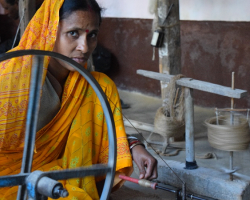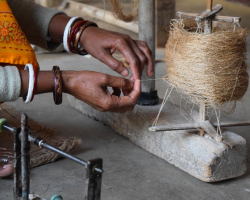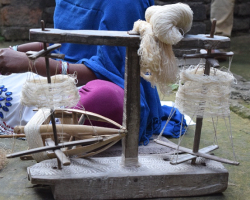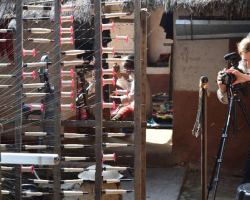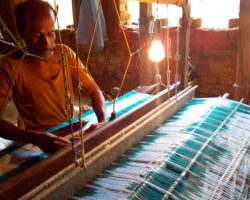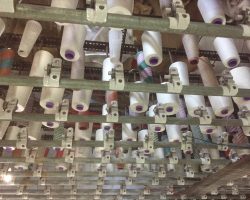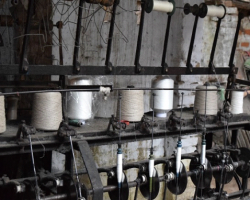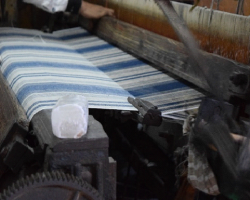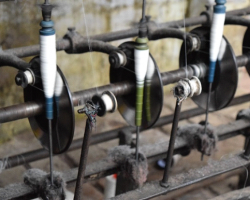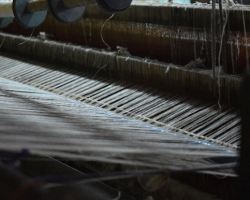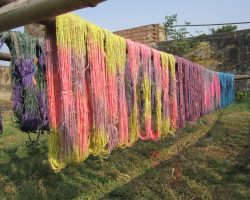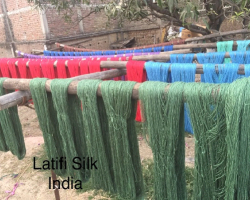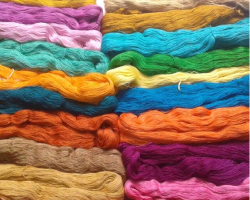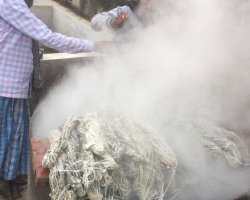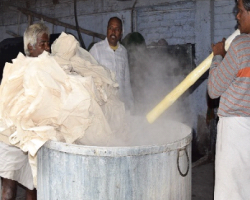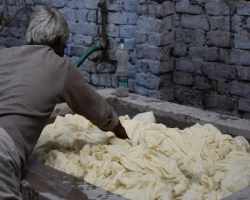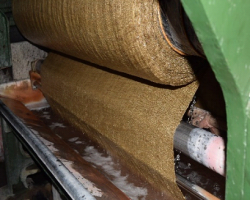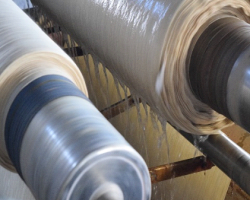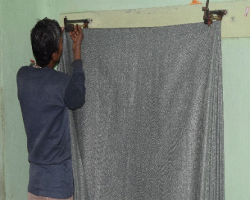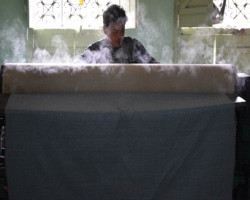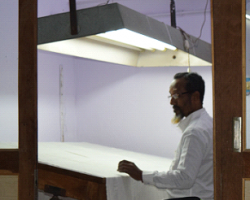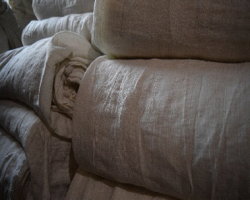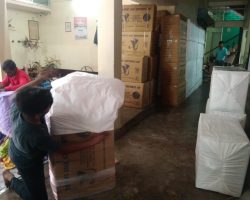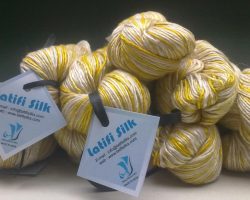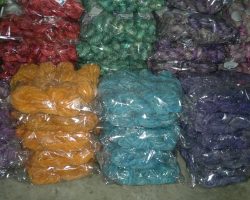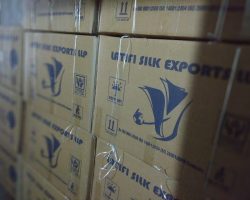Fabric Finishing at Latifi Silk Exports LLP
Fabric finishing is a crucial stage in our production process—what we consider the final presentation of the product to the customer. At Latifi Silk Exports LLP, we place great emphasis on customer satisfaction, and finishing plays a key role in ensuring the fabric’s aesthetic appeal, texture, and durability.
Our finishing process focuses on enhancing key qualities such as shine, luster, toughness, and matte appearance, depending on the design intent. One of our signature techniques is the “KUNDI Finish”—a traditional, labor-intensive method where each handwoven fabric is manually beaten with tough wooden blocks. These blocks are sprayed with specialized chemicals or reagents that help impart a unique blend of subtle shine and soft matte texture to the fabric. This process is performed by semi-skilled artisans and is critical for achieving the signature look and feel of our handcrafted textiles.
In addition to Kundi finishing, our fabrics also undergo “Calender Finish”, a mechanical process where the fabric is passed through heated rollers (at precisely controlled temperatures of 60°C) to further smoothen the surface, enhance uniformity, and provide a crisp, polished appearance.
Together, these manual and mechanical finishing techniques ensure that every fabric from Latifi Silk Exports LLP is not only visually appealing but also meets the highest standards of touch, texture, and presentation.
Packaging at Latifi Silk Exports LLP
At Latifi Silk Exports LLP, packaging is a vital part of our process, as we believe it plays a significant role in capturing customer attention and ensuring product integrity. Packaging encompasses the design, evaluation, and production of containers and materials used to protect and present our goods.
Our packaging system is a coordinated approach that prepares products for transport, warehousing, logistics, and sale, ensuring that every item reaches the customer in pristine condition. For us, packaging involves carefully wrapping, compressing, tagging, and securing products to provide optimal protection and ease of handling.
We utilize a variety of materials including metal, silk, cloth, plastic, wood, paper, laminates, and polyester to suit different product requirements. Special measures are taken to safeguard our products against moisture and environmental factors, preserving their quality throughout the supply chain.
With meticulous attention to detail, Latifi Silk’s packaging reflects our commitment to quality, functionality, and customer satisfaction.

